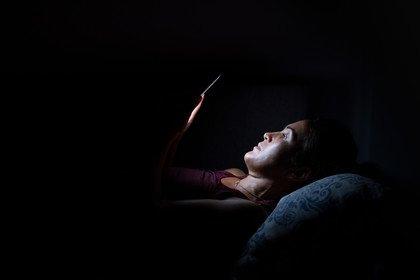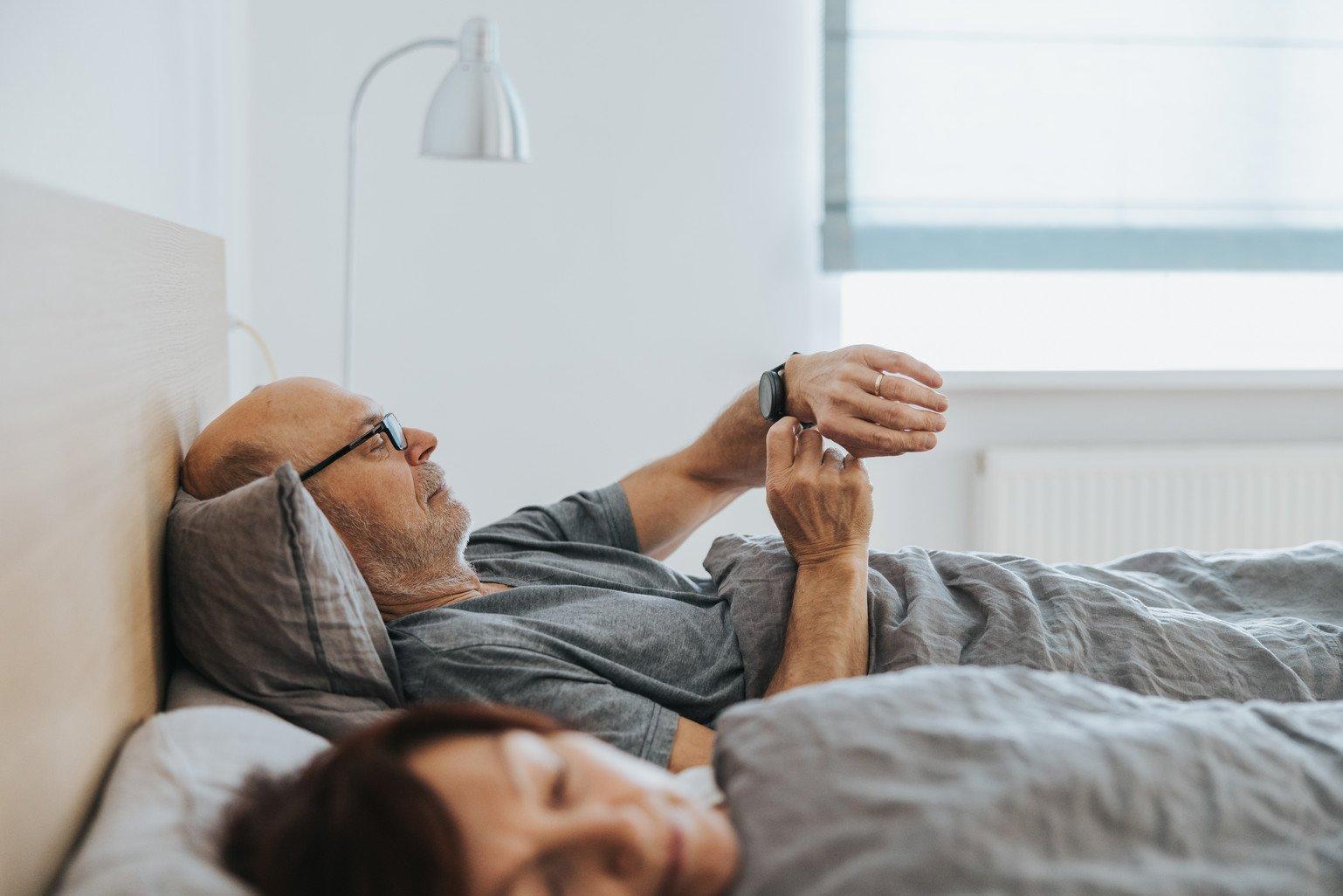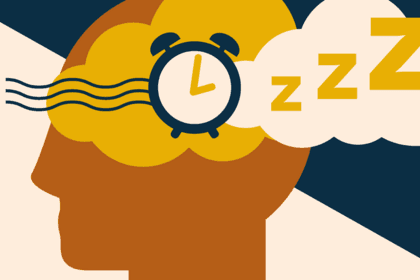
There is growing public awareness of how sleep is connected to many important facets of our health and wellbeing. One consequence of this is an increasing demand for devices that track sleep.
Consumer sleep technologies have become a lucrative industry, forecast to be worth US $7 billion (£6 billion) by 2026, with an expanding range of ever more sophisticated devices entering the market.
Most consumer sleep tracking technologies feature wearable sensors that measure body movements and heart rate. This information is used to estimate the quality and quantity of a person’s sleep. Typically, trackers are worn on the wrist, have wireless connectivity and allow real-time collection of data in the home environment.
Due to their usability, low cost and widespread availability, these devices are attracting the interest of researchers as tools for investigating the connections between sleep, circadian rhythms and health. In particular, consumer sleep trackers offer scientists the chance to generate information outside of the laboratory, in more natural home environments.
As technology advances and more devices emerge, however, there’s a greater need to understand the strengths and limitations of using consumer sleep technologies in research.
Consumer sleep trackers vs clinical sleep trackers
What are some of the key differences, advantages and disadvantages between consumer and clinical grade sleep trackers?
Environment and usability
One of the most notable differences between consumer and clinical grade devices is the context and timescales in which they can be used.
Studies with clinical grade sleep technologies typically take place in a laboratory setting under controlled conditions, making it expensive and challenging to measure sleep for longer than a few days. The higher cost and specialist input required to set up and interpret data from these devices may limit the number of individuals that can be studied.
In contrast, consumer grade devices, designed for the wellbeing market, have greater usability and aesthetic appeal. Generally, they are lower cost than research or clinical devices, and have wireless connectivity, which means sleep and other activity can be tracked remotely, in real time, and at scale. They may also allow other variables, such as light intensity, to be studied.
Consumer sleep trackers are therefore more suitable for continuous long-term use in free-living, ‘real-world’ conditions. This may allow greater understanding of sleep-wake patterns over time, including how those patterns are affected by psychological and environmental variables.
Types of data available
There are several limitations to the use and interpretation of the data currently available via consumer sleep technologies.
For example, consumer grade devices use algorithms to estimate sleep. These algorithms are not available to researchers and vary between devices and manufacturers. This makes interpreting data from different devices challenging.
A consumer device might estimate sleep with relative accuracy in an individual with healthy sleep patterns, but perform in unforeseen and unpredictable ways when used by someone with a sleep problem, such as insomnia. Consumer sleep trackers are also less accurate in detecting the various stages of sleep than the research models used in laboratory studies.
Conversely, research grade devices produce more accurate data. Laboratory trackers have also been examined in validation studies, which compares the performance of the technology against a ‘gold standard’ measure, typically polysomnography (monitoring equipment that records brain waves).
Pros and cons of various sleep tracking technologies
| Consumer sleep technologies | Clinical and research grade sleep technologies | |
|---|---|---|
| Examples |
|
|
| Potential advantages |
|
|
| Potential disadvantages |
|
|
*EEG devices for home use are being developed, which straddle the ‘consumer’ and ‘clinical’ spaces
More research is needed
Harnessing the strengths of using data produced by consumer devices in research, whilst remaining aware of the limitations of that data, could help us better understand the links between sleep, circadian rhythms and mental health.
This was why sleep tracking was part of our funding call on the roles of sleep and circadian rhythm disruptions in the development and resolution of anxiety, depression, and/or psychosis.
"The lines between consumer and clinical grade sleep technologies are becoming increasingly blurred, and each has a lot to learn from the other."
Research under this remit could include assessing the performance of sleep technologies as research tools and improving our understanding of how they might be used across different age groups, sleep and mental health disorders, or in geographic contexts. Key considerations include identifying the circumstances under which the use of consumer sleep technologies is or is not appropriate.
“The lines between consumer and clinical grade sleep technologies are becoming increasingly blurred, and each has a lot to learn from the other,” said Nicholas Meyer, a consultant in psychiatry and sleep medicine.
“Encouraging cross-talk and collaboration between academia and industry partners is an important goal to promoting progress in the field.”
Lived experience advice should be sought in any research work on sleep trackers. This could include addressing concerns around data privacy and the potential stress or anxiety that may arise from tracking sleep.
“I hope there will be more research results that unpack the personal preferences and accessibility of using sleep tracking devices,” said Benny Prawira, a lived experience advisor at Wellcome.
“I believe it is important to explore the helpful and harmful effects of using sleep tracking devices. These are important research topics as the foundation of implementing sleep tracking to help us alleviate the burden of sleep issues.”
We’re funding research to help create transformative change in early intervention for anxiety, depression and psychosis.
There are currently no open funding opportunities for Mental Health. Learn more about the funding we provide.

